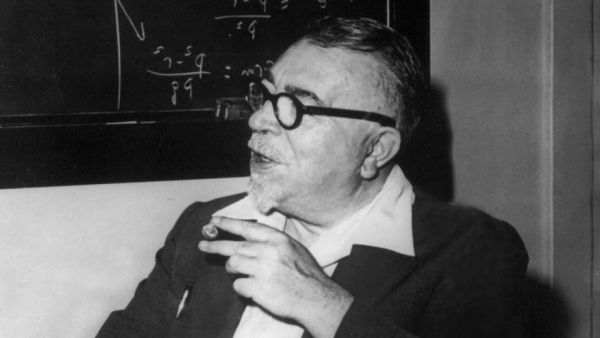 Sound in genuine interdisciplinary collaborations: a cybernetic solution.
Sound in genuine interdisciplinary collaborations: a cybernetic solution.
In my research and sound art practice in interdisciplinary projects, with visual and
performing arts, I explore the interaction between artists from a wide range of art
disciplines.
My experience from productions in dance, performance, and theater shows me that
functional hierarchy prevents us from being genuinely interdisciplinary. Responsible
choreographers and directors want finished compositions that should correspond to
their ideas. I, on the other hand, am looking for equal, hierarchy-free, interdisciplinary
collaborations. In contrast to cooperation as a division of labor for a fixed goal,
collaboration is a joint creative process towards a common goal. According to the
cultural and media scientist Johannes Binotto (2017), a creative process must be
understood serially, in which feedback plays a decisive role. The complexity of this
interaction is shown by the founder of systems theory (Luhmann), sociologist Niklas
Luhmann (2017), in his reflections on society.
Cybernetics, as an abstraction method of complex control systems, helps to
understand complex technical and non-technical systems. In the cybernetic view of
Georg Klaus (1962), „Zur Soziologie der ‚ Mensch-Maschine-Symbiose, ‚“ I associated
myself in symbiosis with my modular system. A modular system inspired by Serge,
Buchla, and Doepfer is my preferred instrument for complex patches in sound
synthesis. Since my modular system is also a complex control system, the idea of
mapping the process of interdisciplinary collaboration in this system as an algorithm
was obvious.
As the main components of an interdisciplinary interaction, I represent the sound, the
human, and the space within my algorithm (see Figure 1).
The participating artists and the recipients act together as sound generators and feed
the algorithm via an envelope follower. The sound artist just monitors the algorithm
shown.
The envelope follower analyzes the sound, routes the audio signal to the following
algorithm process, and simultaneously generates control signals that control and
regulate various parameters of all subsequent processes. Modal synthesis is used to
map the human within this process. Modal synthesis is „physical modeling“ within
sound synthesis based on the physical properties of musical instruments (The Body).
Granular synthesis represents the acoustic space of collaboration. Granular synthesis
is a synthetic sound generation in which a continuous sound is recomposed from many
small individual sound grains. It can be thought of as a movie that uses frames to
simulate a fluid flow.
The modal and granular synthesis parameters are dynamically influenced by the
control voltages generated by the envelope follower, thus creating an organic sound
structure. The cybernetic parameter „feedback“ is realized by feeding back the audio
signals from the modal and granular synthesis into the envelope follower, thus mapping
the logic of serial, according to Binotto.

The algorithm explained here allows all participants to participate in the sound design
within the interdisciplinary collaboration and th
us offers the chance for a joint creative
process for a common goal.
References
Binotto, J., 2017. Feedback. Zur Theorie der Serie. In: ETH Graphische Sammlung. On
Series, Scenes and Sequences. Zürich: Edition Fink, pp. 535-547.
Luhmann, N., 2017. Systemtheorie der Gesellschaft. Edited by Schmidt J. and
Kieserling A. Berlin: Suhrkamp.
Klaus, G., 1962. Zur Soziologie der „Mensch-Maschine-Symbiose“. Eine kybernetische
Betrachtung. Deutsche Zeitschrift für Philosophie, 10(7), pp. 885-902.